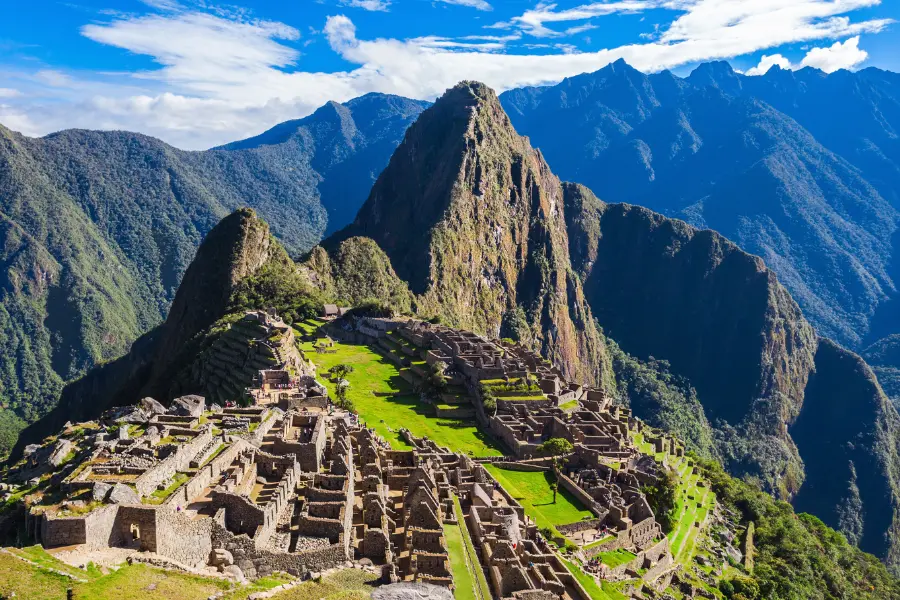The Inca Trail is the globe’s most famous hike, taking explorers via ancient ruins, cloud forest, and stunning Andean scenery to the magnificent Machu Picchu. If you’re organizing a hike along this fabled path, here’s the lowdown on what you’ll need to know—all delivered in summary points for the sake of ease and interest. Hiking the Inca Trail to Machu Picchu: What You Need to Know
1. What Is the Inca Trail?
– A 3-night, 4-day walk of 42 km (26 miles) via the Andes.
– Traces out ancient Incan trails, terminating at the Sun Gate (Inti Punku) overlooking Machu Picchu.
– Accessible only with a licensed tour guide and permit issued by the government.
2. When to Go
– Best time: May to September (dry season).
– Avoid: February (trail maintenance closed).
– Shoulder seasons: April and October have fewer tourists and good weather.
3. Permits and Booking
– Just 500 permits a day (including porters and guides).
– Book 4–6 months in advance, at least during peak season.
– Select a responsible and highly rated tour operator with good ethics.
Read also: Top 10 Must-Visit Towns on the Amalfi Coast
4. Physical Preparation
– Challenging to strenuous trek with steep hills and valley descents.
– Highest elevation: Dead Woman’s Pass at 4,215 meters (13,828 feet).
– Train with cardio, strength training, and altitude acclimatization hikes.
5. Acclimatization Tips
– Be in Cusco at least 2–3 days prior to the trek.
– Drink a lot, don’t drink, and have coca tea or altitude pills.
– Visit Cusco’s lower-elevation sites to acclimate.
6. What to Bring
– Light, wicking clothes and layers.
– Waterproof jacket, hiking boots, and solid pack.
– Sleeping bag (see if your tour offers one), headlamp, sunscreen, and bug spray.
– Reusable water bottle and purification tablets/filter.
7. Trail Highlights
– Day 1: Easy introduction through the Sacred Valley, seeing Llactapata ruins.
– Day 2: Hardest day—ascend to Dead Woman’s Pass, then down to Pacaymayo.
– And Day 3: Most picturesque—see Runkurakay, Sayacmarca, and Phuyupatamarca ruins.
– Day 4: Early morning trek to the Sun Gate to watch the sunrise over Machu Picchu.
8. Camping and Meals
– Campsites are pre-allocated by the government.
– Porters carry cooking equipment and tents; food is nutritious and substantial.
– Most tours allow for special diet requirements with advance notice.
9. Sustainability and Ethics
– Pick operators who treat porters well and have Leave No Trace policies.
– Bring all waste and do not use single-use plastics.
– Be respectful of local customs and historic sites.
10. Alternative Treks
– Salkantay Trek: Less crowded and more challenging.
– Lares Trek: Immersive culture with visits to villages.
– Inca Jungle Trek: Includes biking, rafting, and hiking.
Hiking the Inca Trail to Machu Picchu: What You Need to Know

